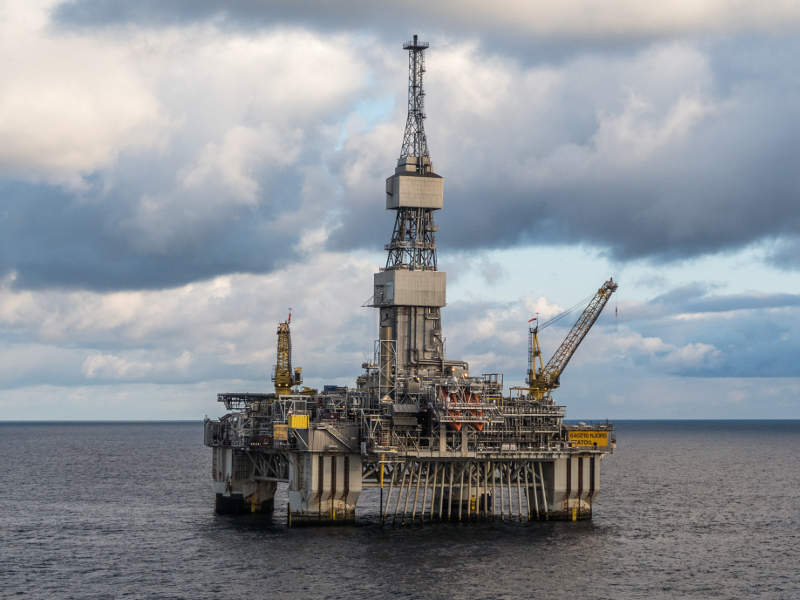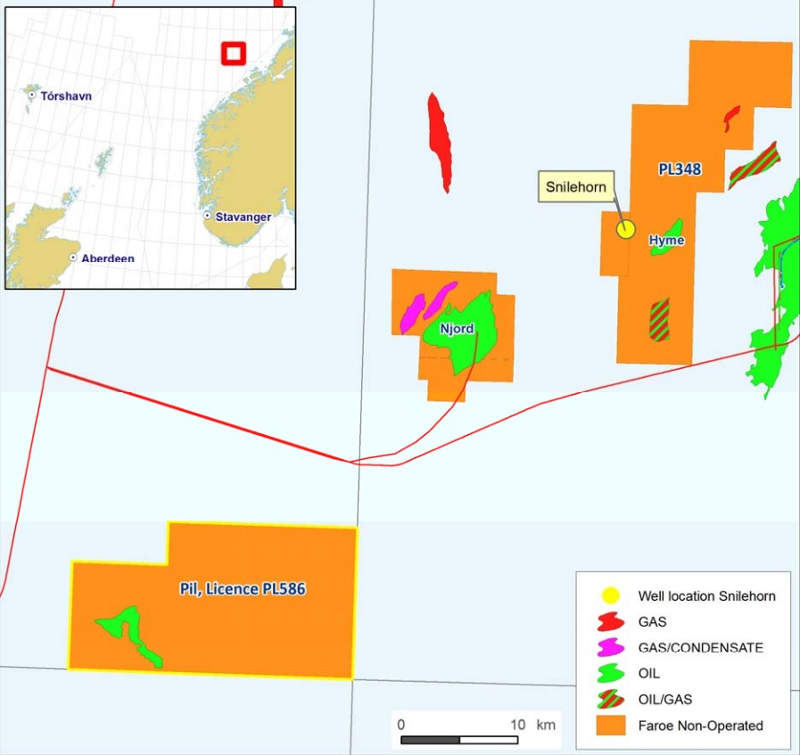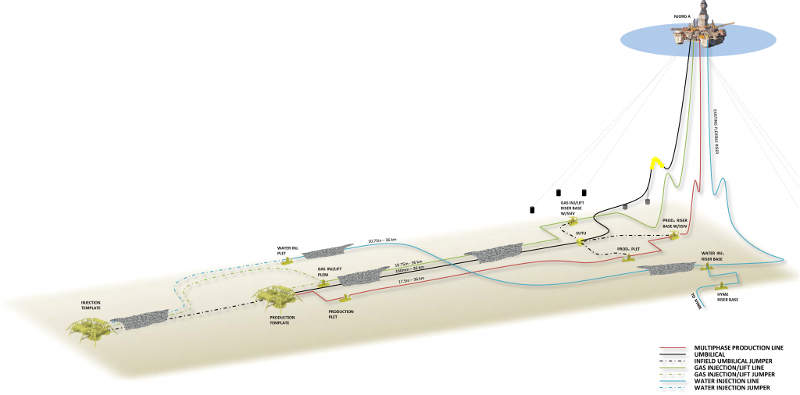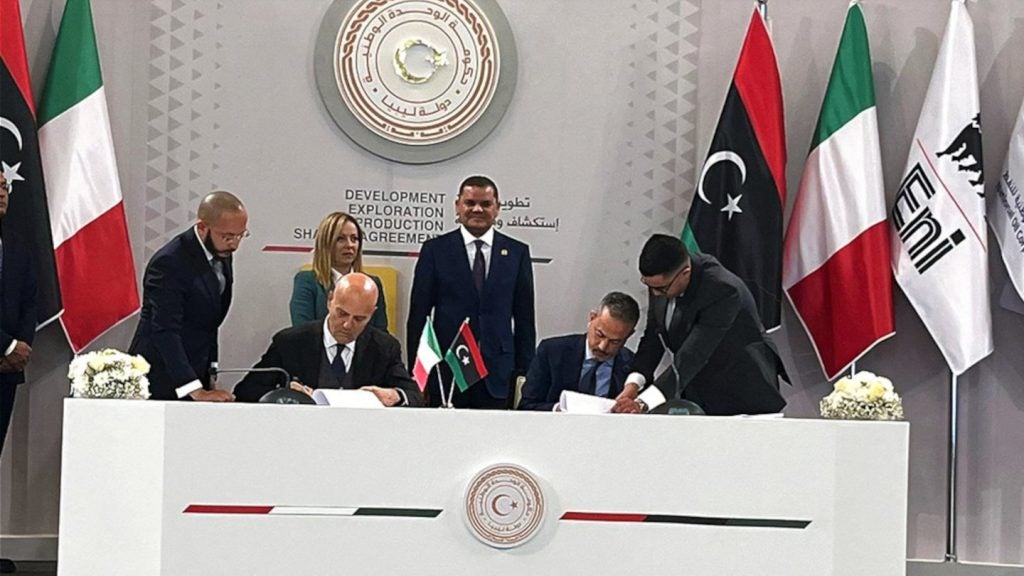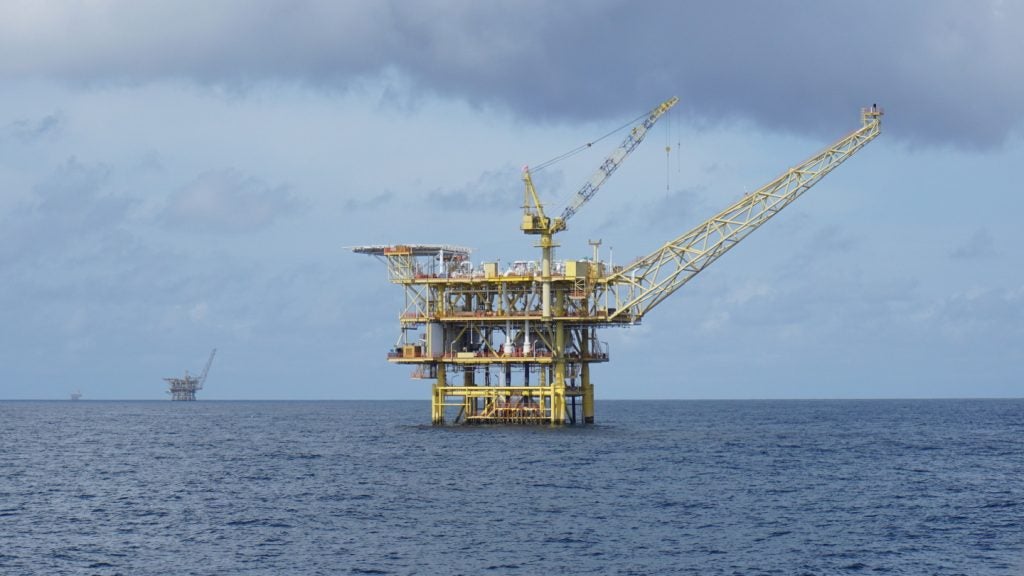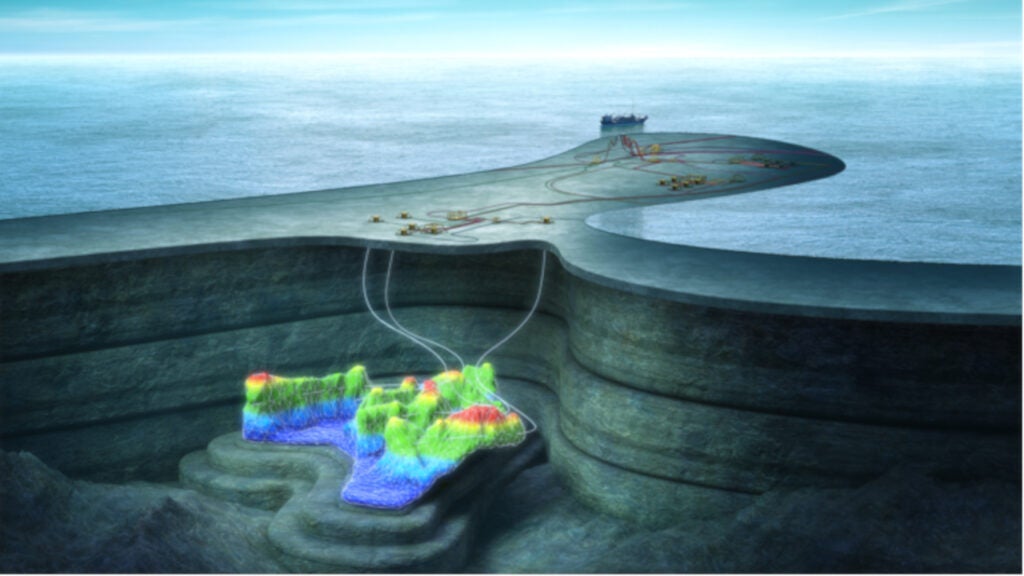The Fenja oil and gas field, previously known as Pil & Bue development, includes the Pil and Bue oil discoveries in production license PL586, located in blocks 6406 / 11 and 12 of the Norwegian North Sea.
The discoveries lie in water depths of 325m, 35km south-west of the Njord field.
PL586 is jointly owned by Neptune Energy Norge (30%), Var Energi (45%), Suncor Energy Norge (17.5%) and DNO North Sea (7.5%). The development is operated by Neptune Energy Norge.
The operator announced in November 2016 that a field development concept had been selected for the project. The plan for development and operation (PDO) was submitted to Norway’s Minister of Petroleum and Energy in December 2017 and approval was granted in April 2018.
First oil from the field is expected to be produced in 2021.
Fenja discovery details
The Pil discovery was made in March 2014 with the drilling of the 6406 / 12-3 S exploration well, which encountered a 226m hydrocarbon column in the Jurassic reservoir rock of the Rogn Formation, comprising 92m of gas and 134m of oil.
A drill stem test (DST) was conducted on the well, which flowed at a rate of 6,710 barrels of oil a day (bopd).
The Bue discovery was made with the drilling of the 6406 / 12-3 A exploration well in June 2014, which was drilled to a depth of 3,656.5m. The well encountered an 18m hydrocarbon column in reservoir rocks of the Rogn formation.
Pressure data collected from the well showed no communication between the Pil and Bue discoveries, and as such the well was classified as a separate discovery.
Fenja exploration and appraisal
The 6406 / 12-3 B sidetrack appraisal well was drilled on the Pil discovery in order to appraise the lateral extent of the reservoir structure.
The well was drilled to a depth of 3,996m, approximately 1.7km north-east of the discovery well. It struck an 82m-thick oil column in Upper Jurassic reservoir sandstones of good quality.
Geology and reserves
The Pil & Bue reservoirs are part of the Halten Terrace area of the Norwegian Sea. Both reservoirs are of the Late Jurassic age, and are located at a depth of 3,200m to 3,500m.
The field contains recoverable resources of 100 million barrels of oil equivalent (mmboe), including 11 million standard cubic meters of oil, 3.4 billion standard cubic meters of gas and 0.57 million tonnes of NGL.
Pil discovery is estimated to contain good quality oil with an API of 37° and a gas to oil ratio of 853scf/stb.
Fenja field development details
A subsea tie-back to the Statoil-operated Njord A platform, which is 36km away from Pil and Bue, has been selected as the preferred development solution for the project.
The discoveries are scheduled to undergo a phased development process, with the Pil discovery being developed first, followed by Bue. The development plan envisages the drilling of up to eight wells, including four production wells, three injection wells and one well for gas lift.
Two subsea templates containing production, water injection and gas injection flowlines will connect the discoveries to the Njord A platform. The well stream will be piped to the Njord A facility for processing and the oil will be stored at the Njord B facility from where it will be supplied to shuttle tankers.
Njord A is a floating steel platform equipped with drilling and processing facilities along with living quarters. The Fenja field will have the world’s longest electrically trace heated pipe-in-pipe subsea pipelines in the world.
It was originally designed for a service-life of 16 years, but nearby satellite field developments now require the facility to remain operational until 2023.
The platform is currently being refurbished in Kvaerner’s Stord facility in Norway. The upgrades will not only extend its operating life, but also accommodate a number of new tie-back developments such as Fenja.
Contractors involved
Subsea7 and TechnipFMC received the contract to provide a front-end engineering design (FEED) for the project’s subsea structures, umbilicals, risers and flowlines (SURF).
The FEED deal for the subsea production systems was won by TechnipFMC and Aker Solutions.
Reinertsen was contracted to provide engineering services for the development. Reinertsen will offer the technical expertise required to move the project towards development as part of the arrangement.
Safetec will provide functional safety and production assurance services, while Bureau Veritas will provide inspection services for the project.

